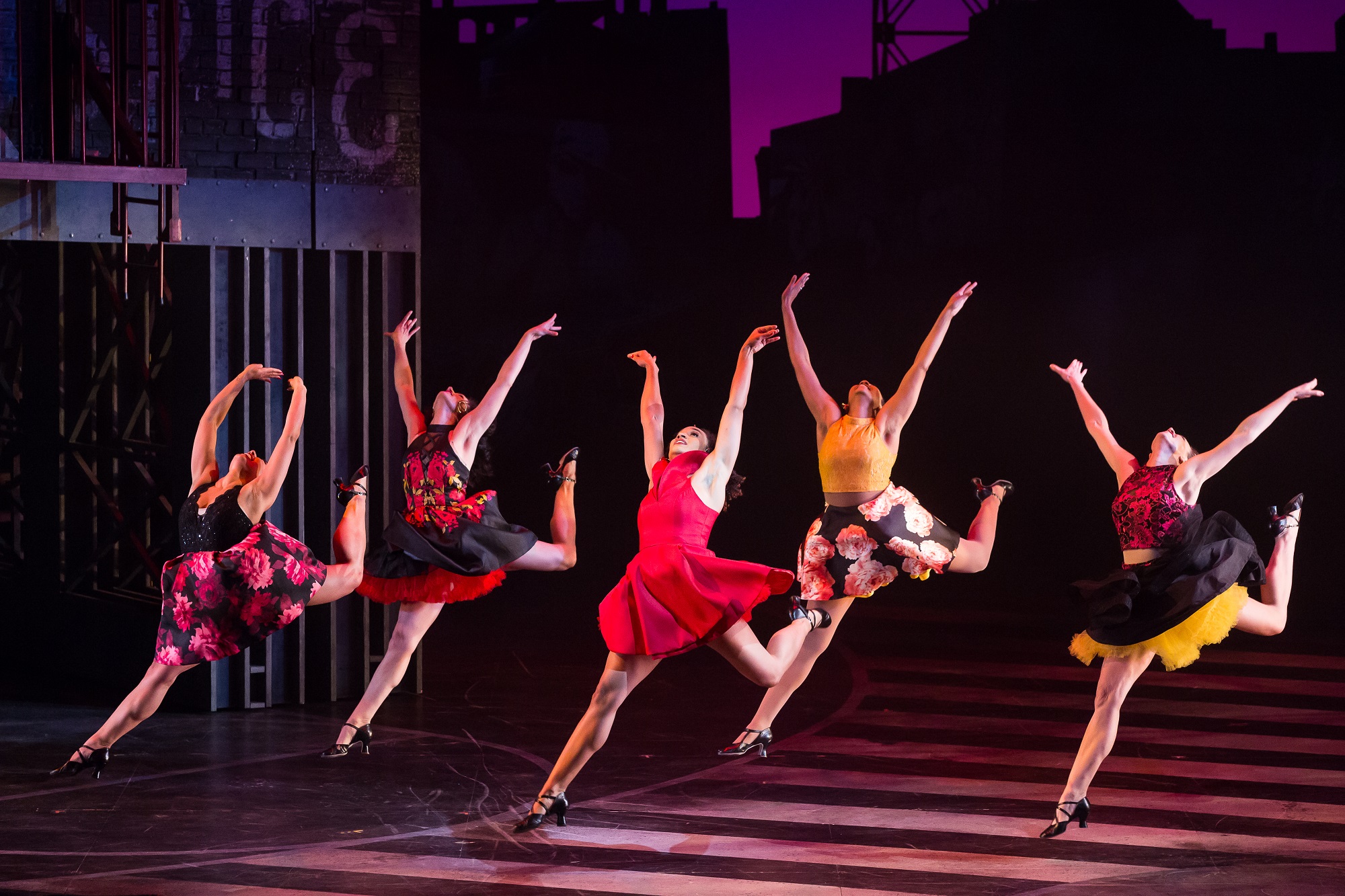West Side Story Educational Study Guide
Carol Lawrence and Larry Kert in a promotional photo for West Side Story. Martha Swope/©NYPL for the Performing Arts Resources available to companies producing West Side Story School Edition include guide vocal tracks, a director's guide filled with suggestions from industry experts, an educational study guide, performance accompaniment tracks, a digital logo package, and more.
- The Story Study Guide
- West Side Story Educational Study Guide Chapter 1
- West Side Story Educational Study Guide Answers
“MTI has been privileged to represent what is widely considered one of the greatest musical theatre works ever created,” shared Drew Cohen, MTI President and CEO. “While West Side Story has always been and remains an iconic and perennially popular musical, it presented certain challenges for high school theatre programs. We were fortunate to have the support of the rightsholders and a brilliant team in bringing this adaptation to life for the amateur market. We hope that West Side Story School Edition enables thousands more young performers, crew members and audiences around the world to experience this phenomenal musical as it was meant to be seen and heard.” “We created MTI’s School Editions to help realize our overall educational mission of making musical theatre accessible to as many organizations as possible,” added Chief Operating Officer and Director of Education and Development John Prignano. “In the case of West Side Story, re-creating Robbins' groundbreaking choreography and playing Bernstein's gorgeous score has been a consistent challenge for high school performers and directors trying to mount the show. West Side Story School Edition is a response to feedback from teachers that will remove these obstacles, in part by providing an official Choreography Manual and videos featuring step-by-step instructions for all of the show's iconic dance numbers.” MTI shows are currently featured on PLAYBILLder. Visit to learn how to create and print your own Playbill programs to engage and build your audience!
Share your Playbill virtually, promote your show through social media, distribute programs in your theatre and much more.

COM 246 West Side Story Study Guide (1961) Director: Screenwriter: Music: Lyrics: Choreography: Jerome Robbins Released by United Artists Historical Context In order to appreciate the film version of West Side Story it is important to understand a little about the medium from which the film was adapted, the Broadway musical. The Broadway musical is considered by some to be one of the great contributions of American culture to the arts. Its historical predecessor would be considered the.
The Story Study Guide
Although the musical's original contributors resided in England, the form rapidly evolved through the works of people like, and the duo of. Perhaps the most well known pair of musical producers and songwriters were.
Some of their works included,and (the film version of which was also directed by Robert Wise). As far as popularity and commercial success were concerned, especially in shifting the musical from the stage to film, there was no more prolific team than the, whose leader was.
The Freed unit helped elevate MGM and the musical film genre to new heights in what might be considered the heyday of musical films. And were just a few films to their credit in a streak that spanned over a decade. West Side Story was originally conceived of by Robbins and Bernstein as a story depicting the conflicts between an Italian-American Roman Catholic family and a Jewish family. This story was to be a modern musical version of The story in this version was thus called East Side Story. After reading about the emerging phenomenon of juvenile delinquent gangs and turf wars, the playwright for the stage version of West Side Story, felt that the story would have more brevity if it focused on this current phenomenon. This resulted in a story about the gang phenomenon in the context of ethnic tensions in New York City.
Narrative Context What are some examples of the ways West Side Story parallels Shakespeare's Romeo and Juliet? What are some significant differences in these two stories and why are they important? How are the dances in the film choreographed to help tell the story? Aesthetic Context In what technical ways do you think the film and the stage version of West Side Story differ? Even if you've never seen a live musical you can probably imagine the limitations of the stage in comparison to the conventions of film.
What information do the settings and costuming choices in West Side Story give you? How is the opening scene of the film shot? What is the purpose of this shot? How does Wise use the camera and editing to determine the pace of the film? Wise got his start as an editor (he edited Citizen Kane for Orson Welles, for example).
Do you see any signs in his directorial style of his editing background? How does the film make use of color to help tell the story? Aural Context How does Leonard Bernstein's score (the non lyrical aspects) provide additional exposition in the film? Sociopolitical Context Immigration and discrimination are major themes in this film. How do you think these themes might have been dealt with had the film been made today? Which ethnic groups might be represented now? Where might this story take place?
Rhetorical Context In class we've talked about the idea of code shifting, meaning that certain texts require the audience to be able to recognize and decipher different codes in order to garner meaning from the text. Do you think that musicals as a genre require the audience to code shift?
West Side Story Educational Study Guide Chapter 1
In what ways? What meaning can be conveyed through song and dance that may not be able to be conveyed through dialog alone?
West Side Story Educational Study Guide Answers
What ideological argument do you think West Side Story is making?